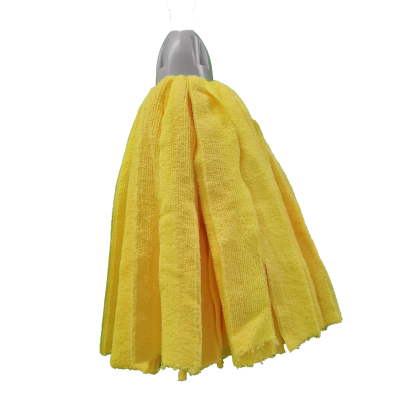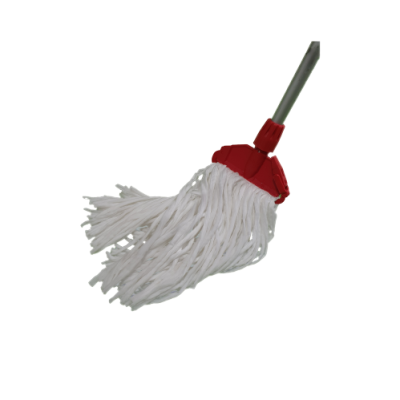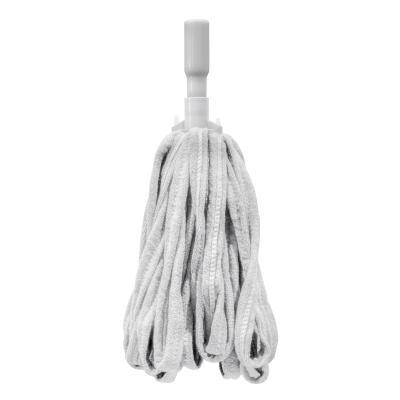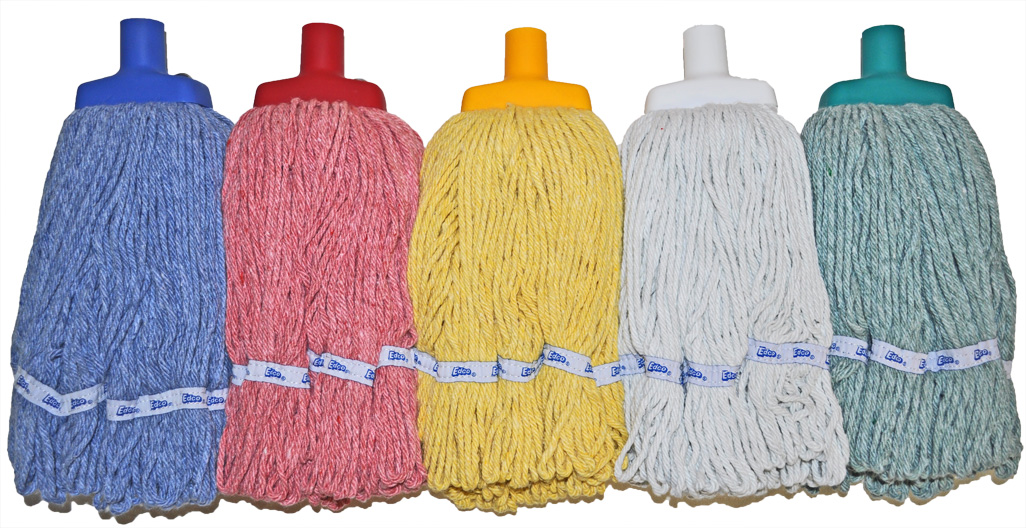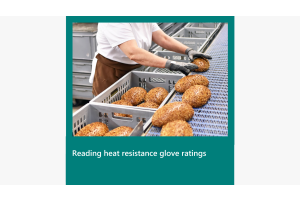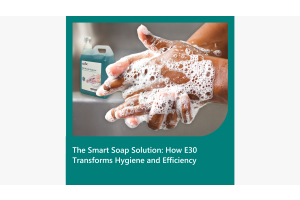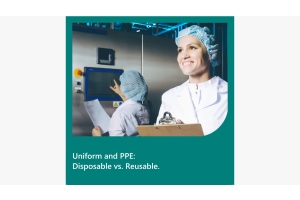Why are Mops a Necessity?
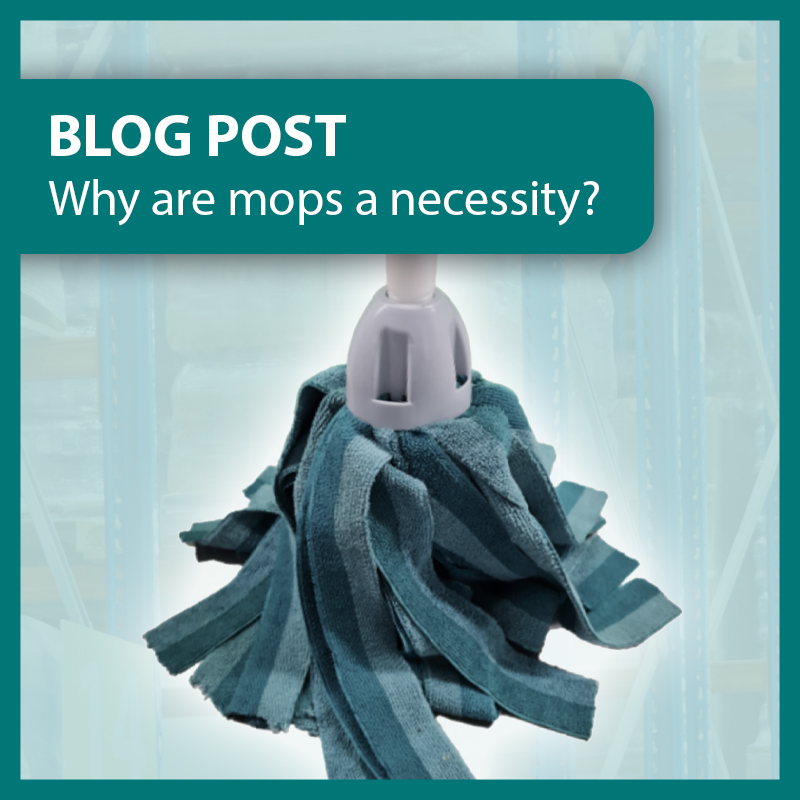
Keeping the floor clean is a challenge many companies face. No matter how proactive and the number of measures implemented, the floors still need to be cleaned frequently. Mops have evolved from the traditional string-mop and bucket to modern microfibre continuous stringed or flat mops. While mops have advanced over the years, the old traditional styles remain available.
So which options best suit your production area?
Ideally your mop should be an effective floor cleaner and needs to be made from an absorbent durable material. The strands should be continuous or should not come loose. It should be ergonomic and finally, either disposable or easy to clean.
The string mop concept, although old, is still current. They were originally made of strands, often old cloths, or strings tied together. They are now made from a continuous microfibre strand, designed not to fall apart, while being increasingly absorbent. A strand mop, which refers to strands of material rather than strings, is considered more absorbent as it has a larger surface area per strand, compared to a string.
The crucial focus of the mop is how often it can be reused. Dipping the mop into the same water is not effective, as the water becomes contaminated, although there are now systems available that refresh the water.
Mops also come in disposable options, while they may be rinsed in the process, they would not be used multiple times, helping to reduce risk of contamination.
Another key factor of mops are the handles. Mops can nearly double their weight once they become wet – a lightweight handle would be the perfect ergonomic solution.
Most mop options are now detachable from the handle, making it much more cost efficient as well as ease of use. Some mops require specific handles such as euro-thread handles.
For some companies who washdown their entire production areas, mops may only be used for in between-shift cleans, or in an emergency. In this situation it is still important to have a high-quality mop that features low contamination risks, yet is still both ergonomic and effective.

